 Muster Rolls from Fort Malden 1st Regiment
Muster Rolls from Fort Malden 1st Regiment
 Muster Rolls from Fort Malden 2nd Regiment
Muster Rolls from Fort Malden 2nd Regiment
 Disabled Pensioners of the War of 1812
Disabled Pensioners of the War of 1812


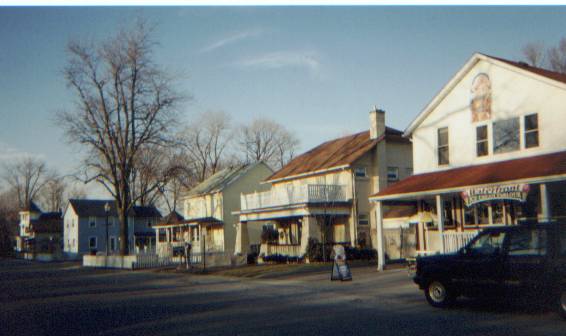

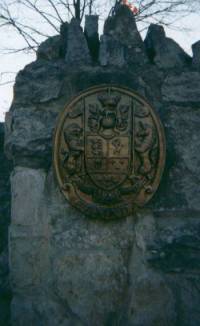 |
These two pilars stand at the front gate of Fort Malden. The plaque reads; "Fort Amherstburg (Fort Malden) The port was begun by the Royal Canadian volunteers in 1796 to replace Detroit and maintain British influence among the Western Indians. At the pricipal defense of the Detroit frontier in 1812, it was here that Isac Brock gathered his forces for the attack on Detroit. The next year, with supply lines cut and control of Lake Erie lost to the Americans, the British could not hold the fort which they evacutated and burned. Primarily rebuilt by the invading Americans, it was returned on 1 July 1815 to the British who maintained a frontier garrison here until 1851." |
 |
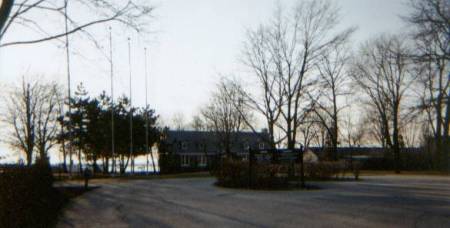 | The Museum is the first building inside the gates. This building houses the offices and amphitheartre. The pictures below show lines of defense. Ditches to slow down the enemy and cannon for shooting out into the river at the ships. | |

|
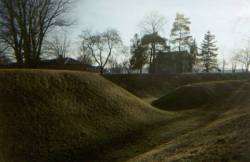
|
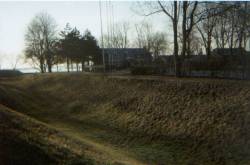
|
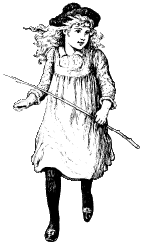 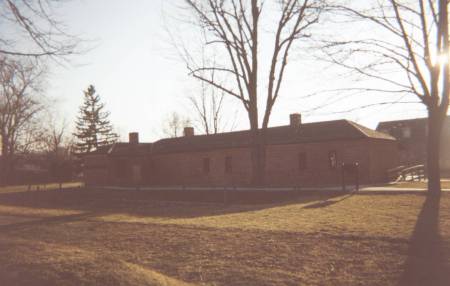 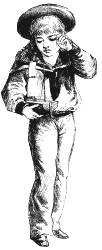 The Barracks where the soldiers stayed were very meager quaters. Up to 66 soldier would stay in a Barracks like this one pictured above. A small cook house attatched to the back of the Barracks on the left side of the picture was the place their meals were cooked. The fort was supplied by local farmers and other tradesmen. The house in the center of the picture below is called Interpretation where demonstrations and displays are made. |
||
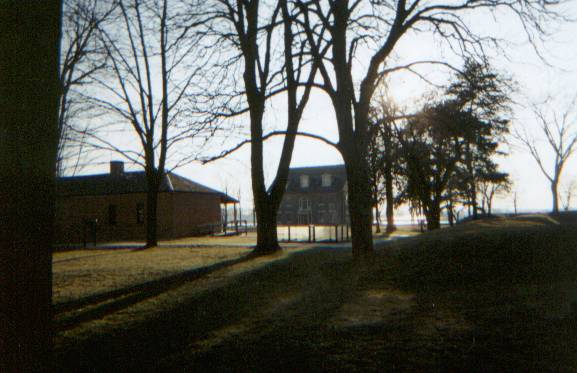 | ||

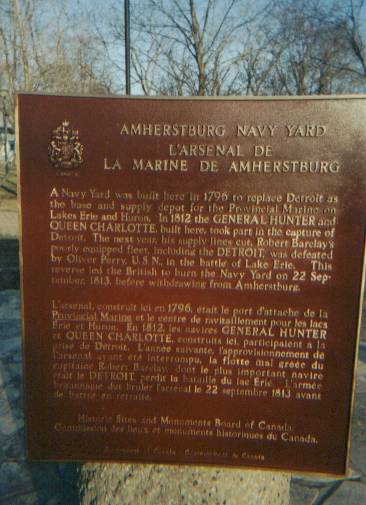
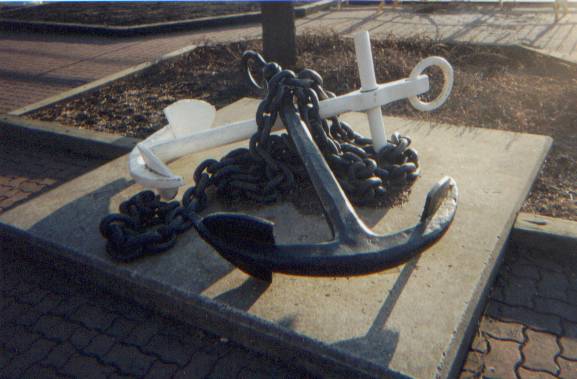
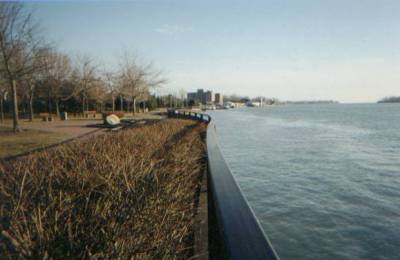
|
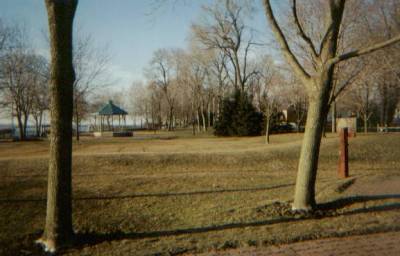
|
 |
 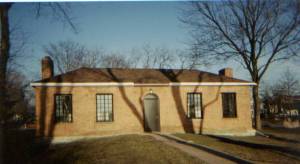 |
The Commissariat Office The office for the Commissariat Deptartment was built in 1831 near the government wharf and store house. Commissary officials purchased from local contractors the flour, beef, straw and firewood used by the troops. They also managed Fort Maldens finaces, including the soldiers pay which was issued daily from this office. Left is a picture of the building and the plaque above gives an idea of where it is located. The large square on the map above is the Fort, the Commissariat Office is located in the Navy Yard where the arrow is pointing to the right of the Fort on the water front. |
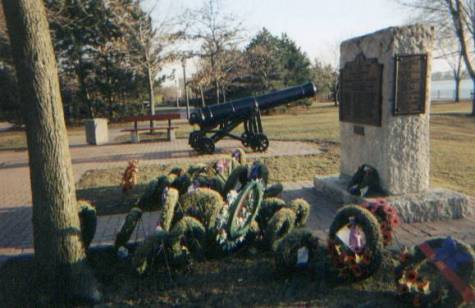 |
Placed at the entrance to the Park is a War Memorial for all those men of Amherstburg who lost their lives during the First and Second World Wars. This is a picture of that memorial. |